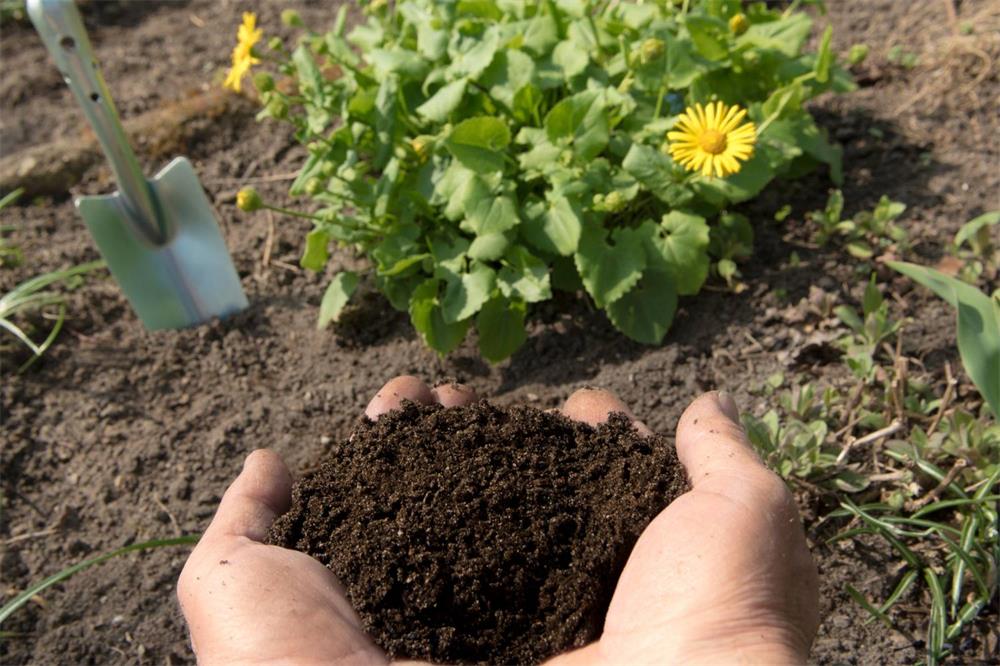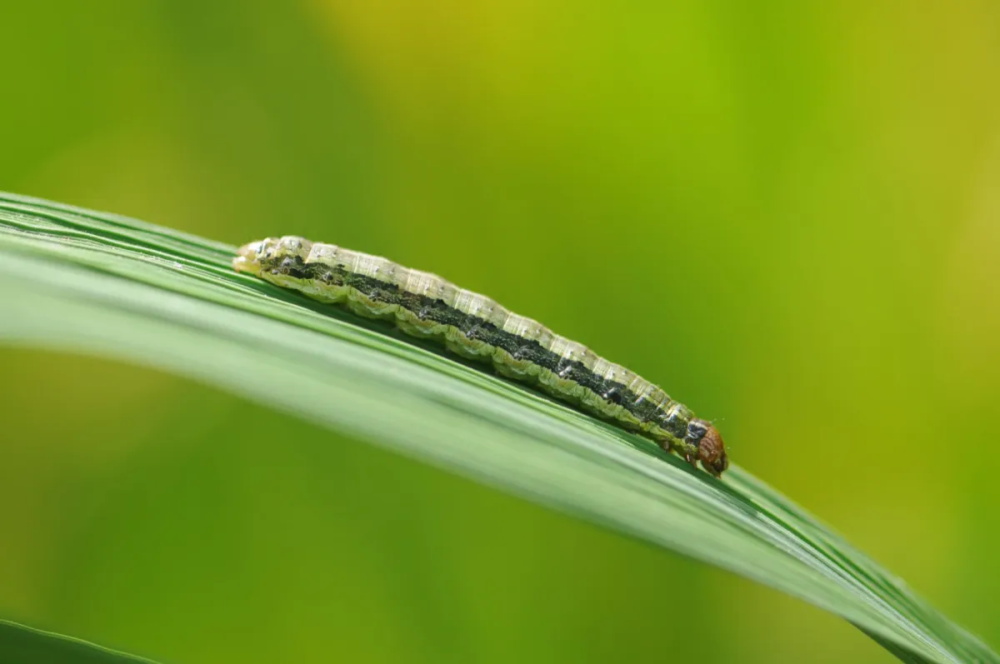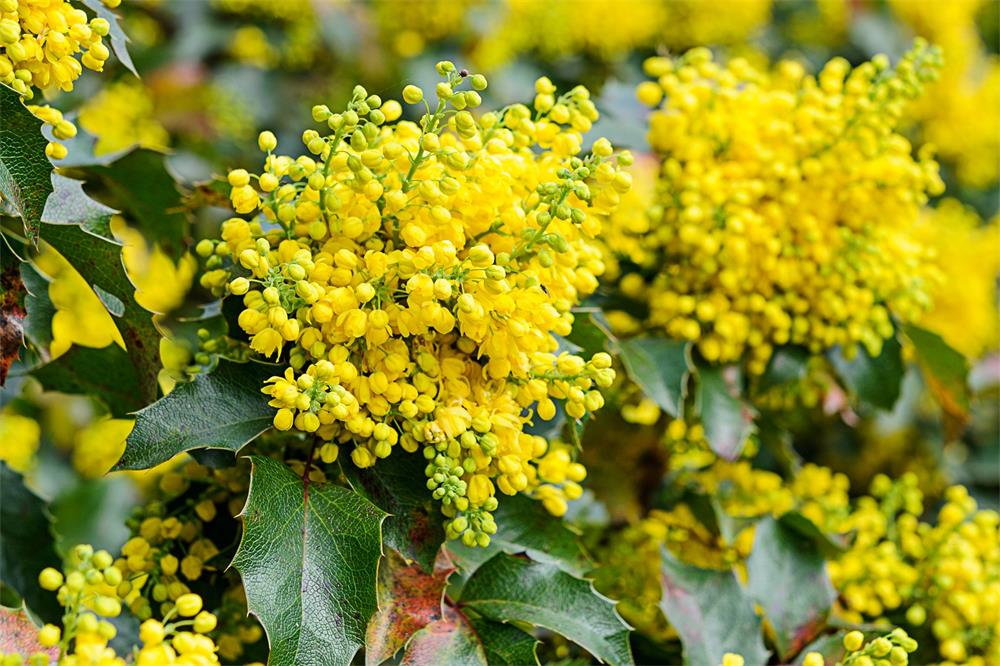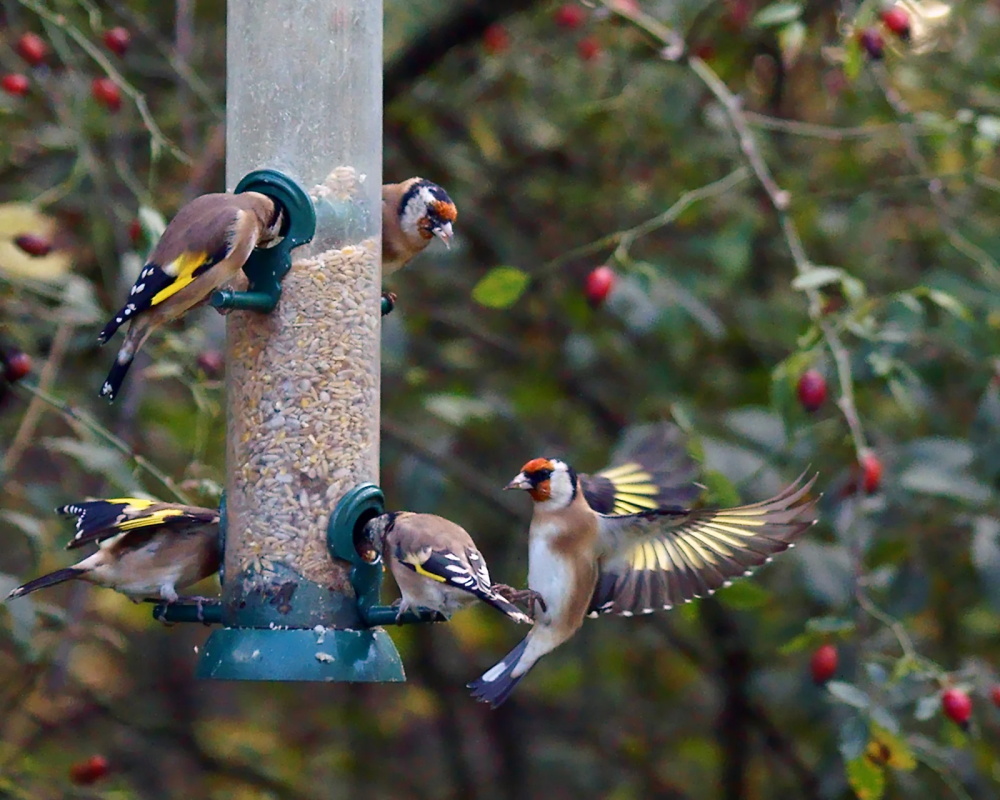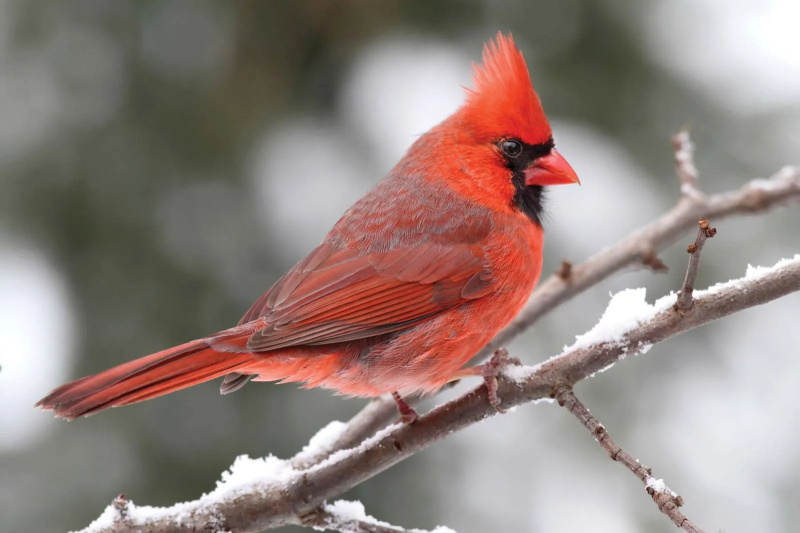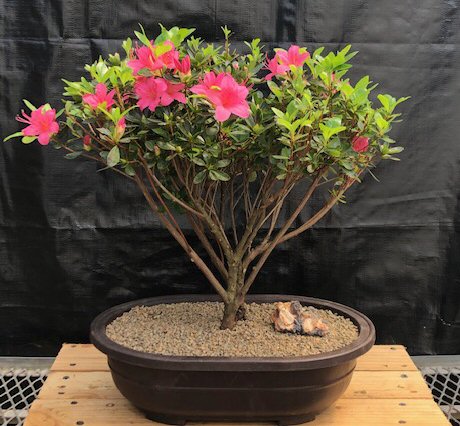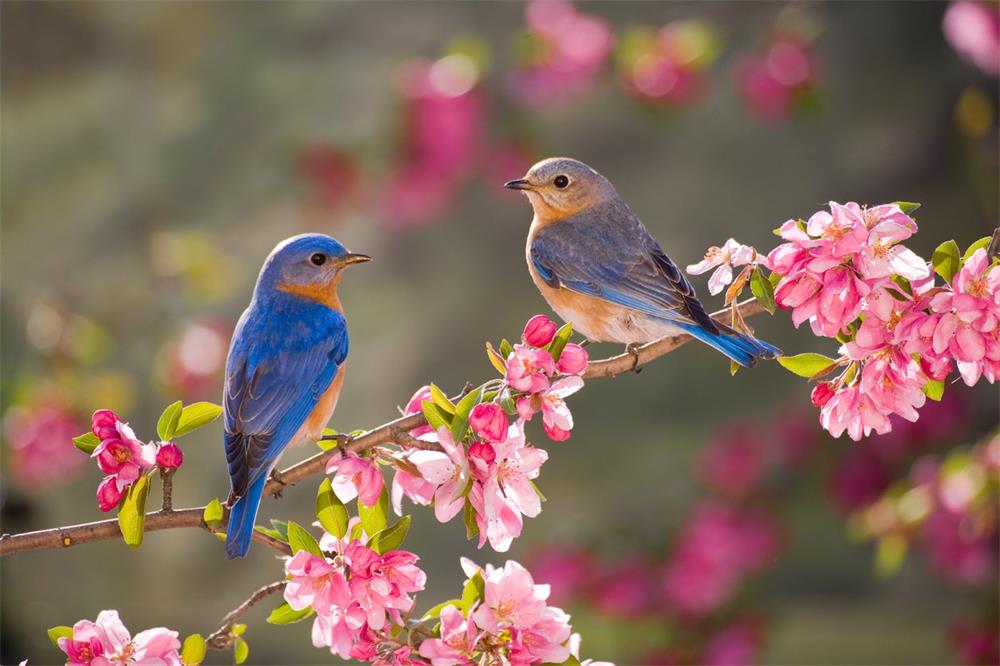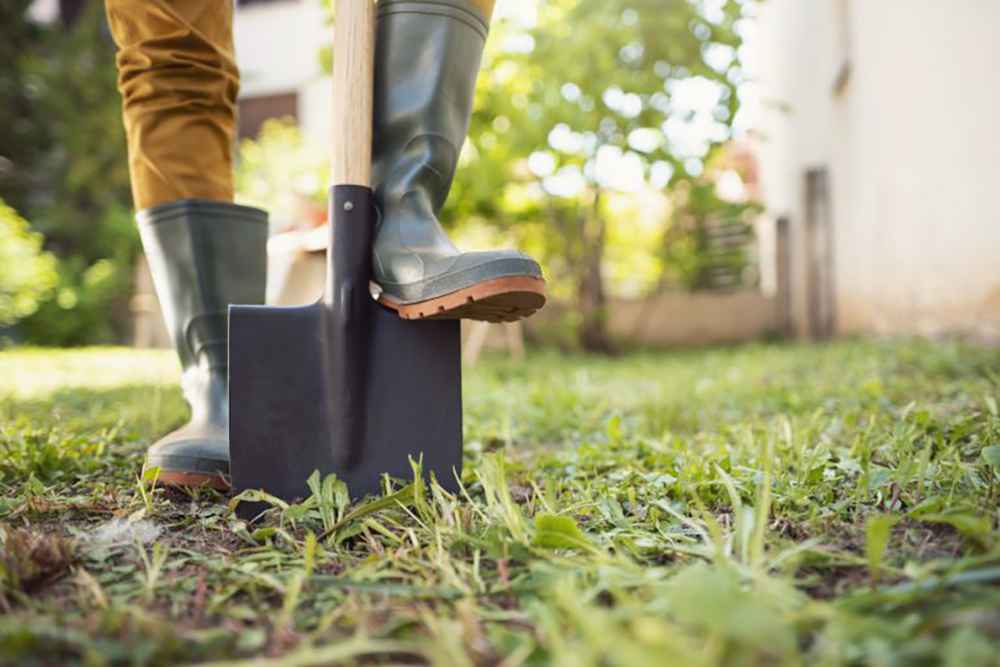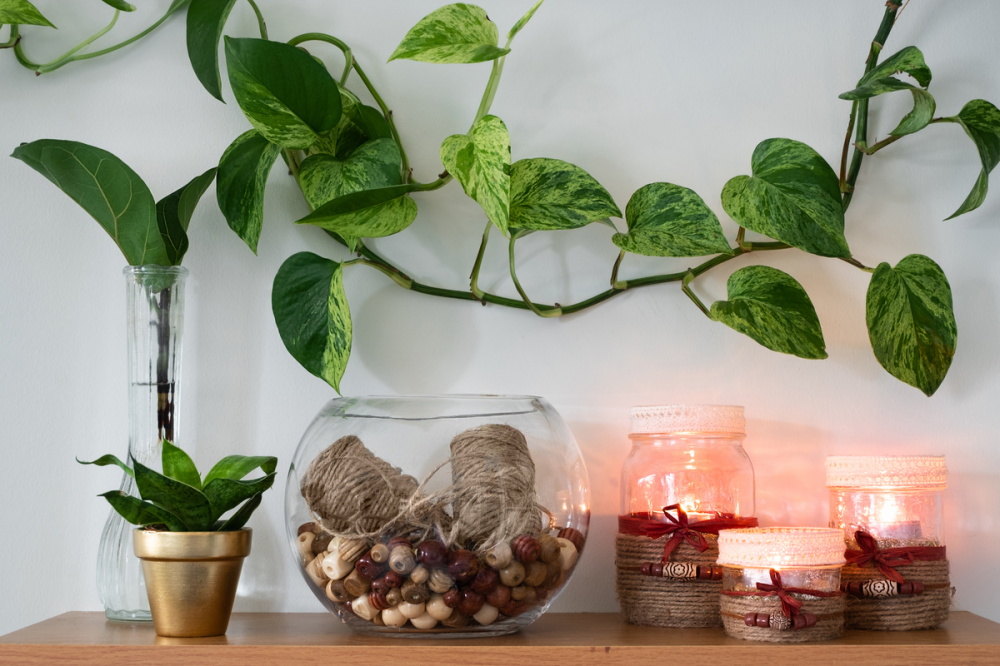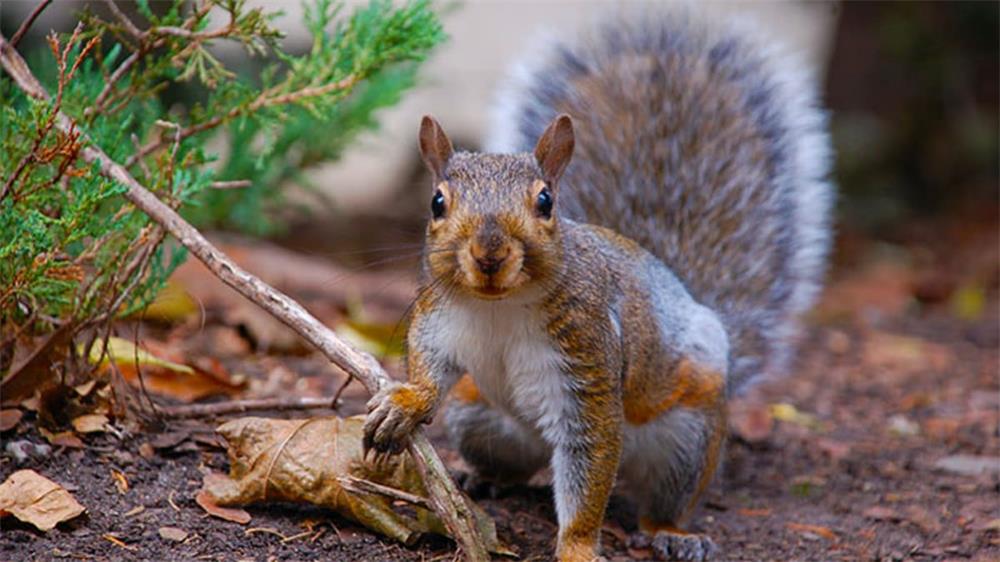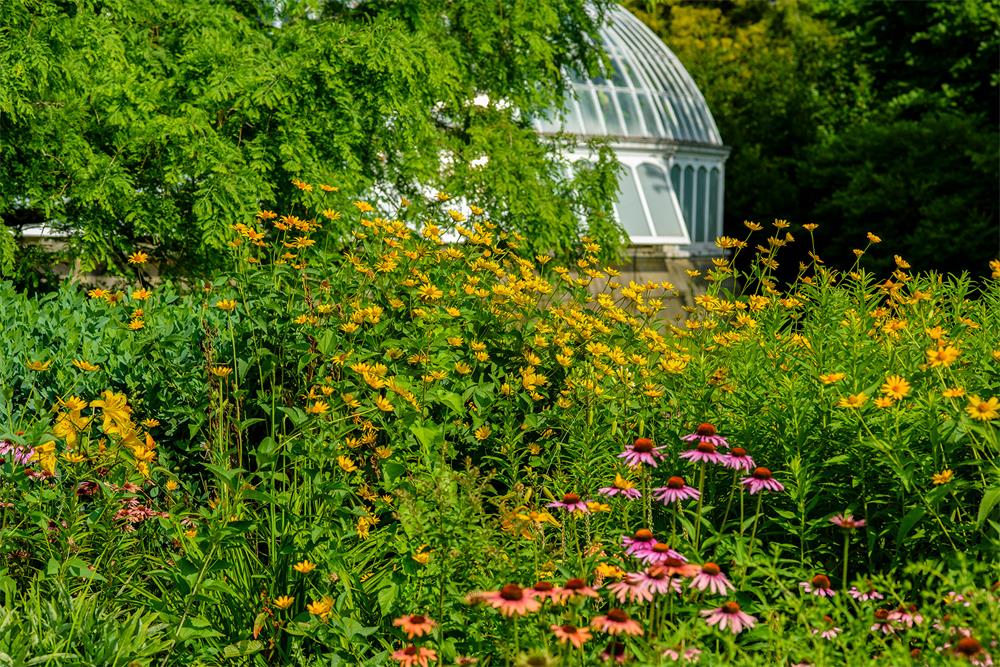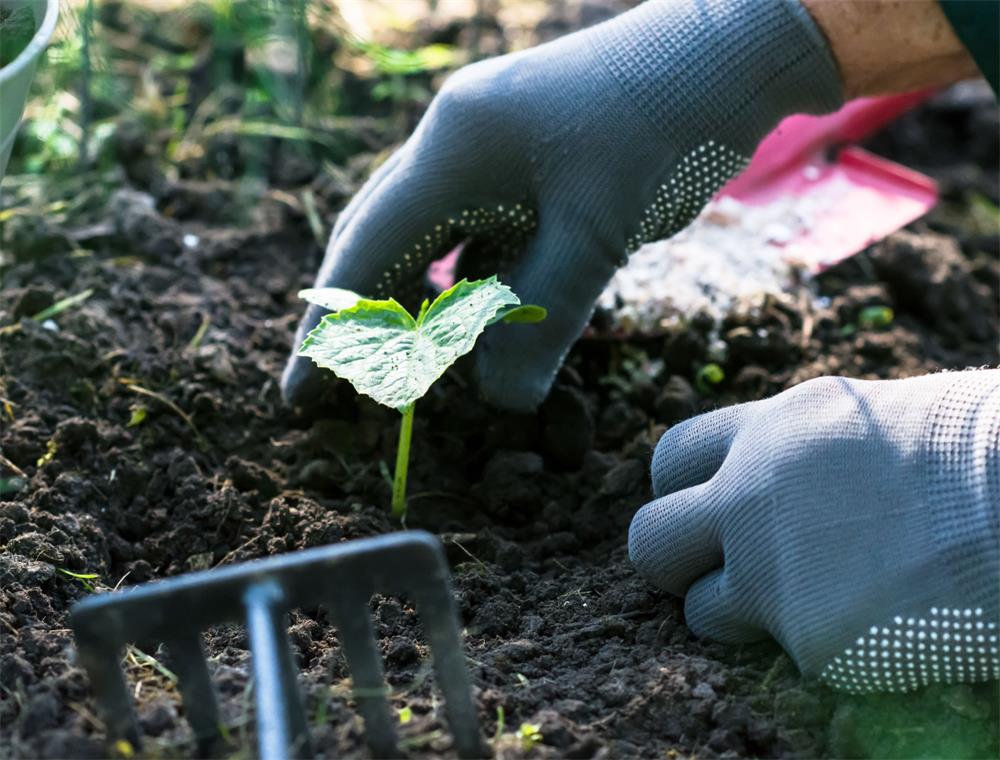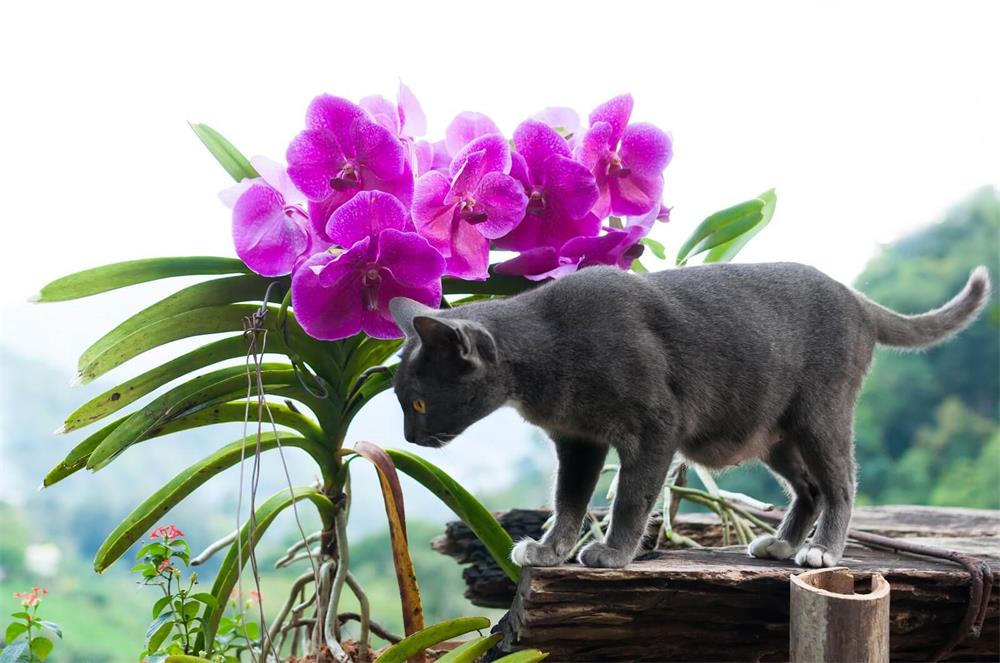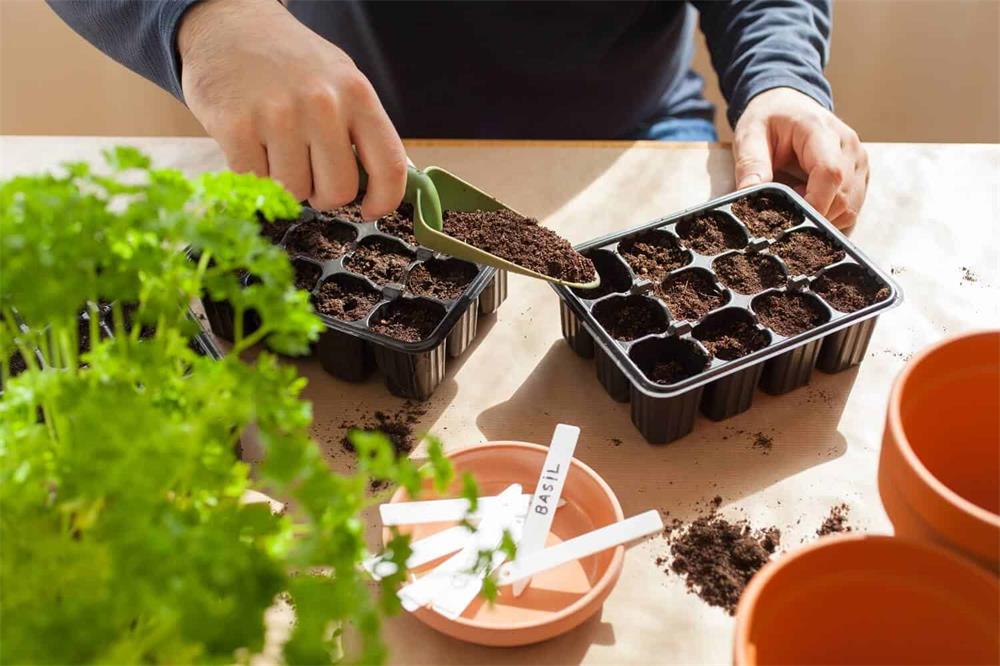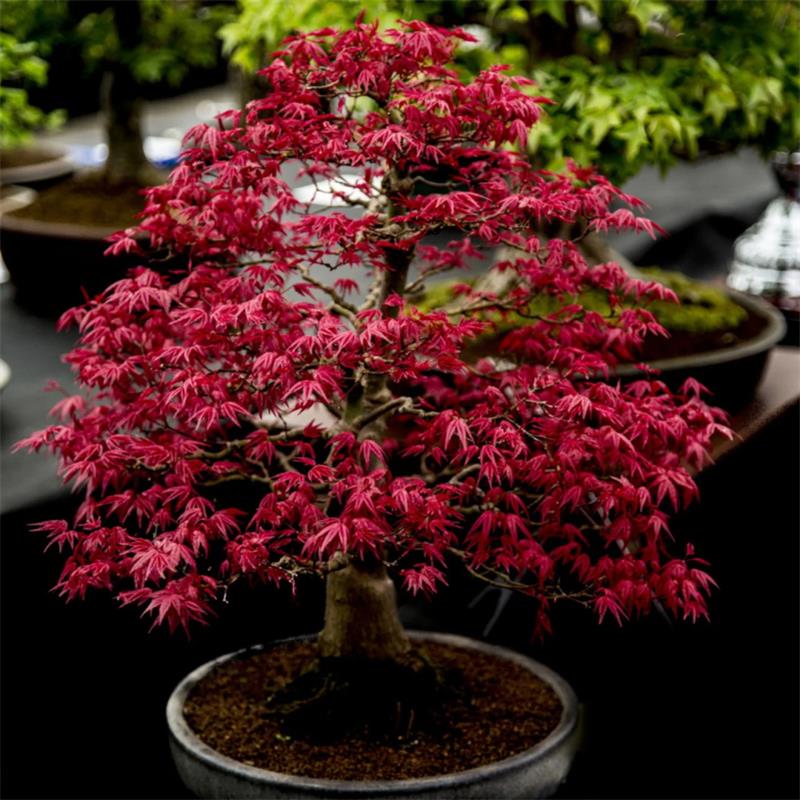
Table of Contents
Japanese maple bonsai is one of the most popular and beautiful types of bonsai trees. They have delicate leaves that change color with the seasons, and a graceful trunk that can be shaped in various styles. However, they also require some special care and attention to thrive. Here are some tips on how to grow and care for Japanese maple bonsai.
Choosing a Japanese Maple Bonsai
There are many varieties of Japanese maple bonsai, each with different characteristics and preferences. Some of the most common ones are:
- Acer palmatum: This is the most widely available and versatile type of Japanese maple bonsai. It has green leaves that turn red, orange, or yellow in autumn. It can tolerate full sun or partial shade, and can be grown in various styles such as informal upright, slanting, or cascade.
- Acer palmatum ‘Atropurpureum’: This is a cultivar of Acer palmatum that has purple-red leaves throughout the year. It prefers partial shade and moist soil, and can be grown in similar styles as Acer palmatum.
- Acer palmatum ‘Dissectum’: This is another cultivar of Acer palmatum that has finely cut leaves that resemble lace. It has green leaves that turn orange or red in autumn. It prefers partial shade and moist soil, and can be grown in weeping or cascade styles.
- Acer buergerianum: This is also known as trident maple bonsai. It has three-lobed leaves that are green in summer and yellow, orange, or red in autumn. It can tolerate full sun or partial shade, and can be grown in various styles such as formal upright, broom, or root-over-rock.
When choosing a Japanese maple bonsai, you should consider the following factors:
- Size: Japanese maple bonsai can range from 6 inches to 3 feet in height. You should choose a size that suits your space and budget.
- Shape: Japanese maple bonsai can have different shapes depending on how they are pruned and wired. You should choose a shape that appeals to you and matches the natural growth habit of the tree.
- Health: You should inspect the tree for any signs of pests, diseases, or damage. You should also check the roots and soil for any problems. You should avoid buying a tree that has weak branches, dry leaves, or rotten roots.
Growing a Japanese Maple Bonsai
Once you have chosen a Japanese maple bonsai, you need to provide it with the right conditions to grow well. Here are some guidelines on how to grow a Japanese maple bonsai:
- Light: Japanese maple bonsai need bright but indirect light for most of the day. They can tolerate some direct sun in the morning or evening, but not during the hottest part of the day. Too much sun can scorch their leaves or cause them to lose color. Too little sun can make them leggy or weak.
- Water: Japanese maple bonsai need regular watering to keep their soil moist but not soggy. You should water them when the top inch of the soil feels dry to the touch. You should use a fine spray or a watering can with a narrow spout to avoid disturbing the soil or washing away the nutrients. You should also mist their leaves occasionally to increase humidity and prevent leaf burn.
- Fertilizer: Japanese maple bonsai need regular feeding to support their growth and health. You should use a balanced liquid fertilizer diluted to half strength every two weeks during the growing season (spring to autumn). You should stop fertilizing them during the dormant season (winter) to allow them to rest.
- Soil: Japanese maple bonsai need well-draining soil that retains some moisture and nutrients. You should use a mix of organic and inorganic materials such as peat moss, perlite, akadama, or kanuma. You should repot your tree every two to three years in spring or autumn to refresh the soil and prune the roots.
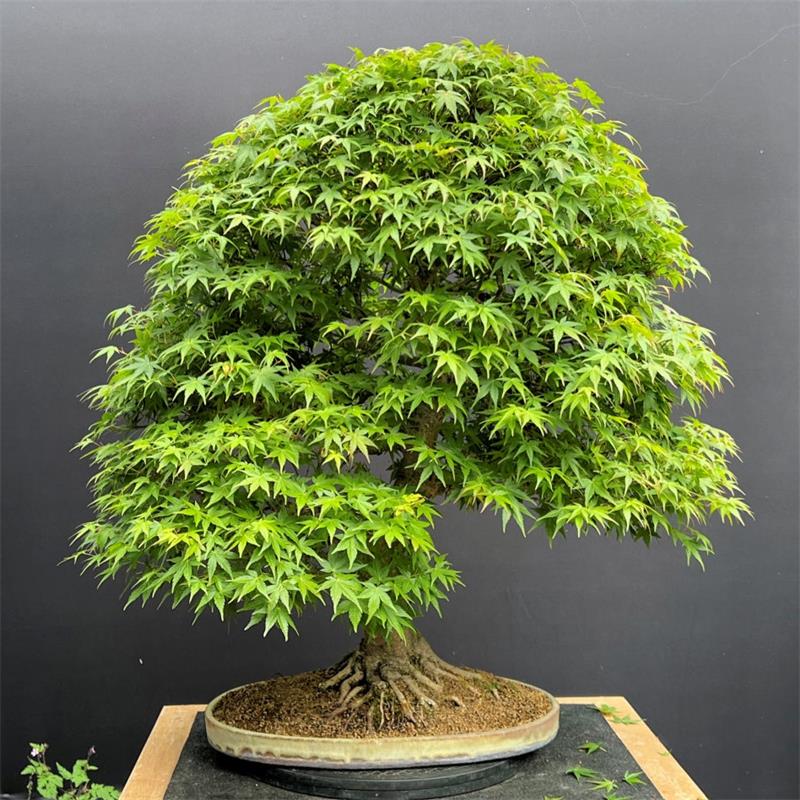
Caring for a Japanese Maple Bonsai
Besides providing your Japanese maple bonsai with the basic needs of light, water, fertilizer, and soil, you also need to perform some maintenance tasks to keep it healthy and beautiful. Here are some tips on how to care for a Japanese maple bonsai:
- Pruning: Pruning is essential for shaping your tree and controlling its growth. You should prune your tree regularly throughout the year to remove any dead, diseased, or unwanted branches. You should also prune your tree in late winter or early spring to thin out the branches and create more space for light and air circulation. You should use sharp and clean scissors or shears to make clean cuts at an angle. You should also seal the wounds with cut paste or wound sealant to prevent infection or bleeding. You should avoid pruning more than one-third of the foliage at a time to avoid stressing the tree.
- Wiring: Wiring is another technique for shaping your tree and creating movement and interest. You should wire your tree in spring or autumn when the branches are flexible and the bark is thick. You should use copper or aluminum wire that is one-third the diameter of the branch. You should wrap the wire around the branch in a spiral direction, making sure it is snug but not too tight. You should bend the branch gently and gradually to the desired position. You should remove the wire after six to nine months or before it cuts into the bark.
- Pest and disease control: Japanese maple bonsai are susceptible to some pests and diseases such as aphids, scale insects, spider mites, leaf spots, powdery mildew, and verticillium wilt. You should inspect your tree regularly for any signs of infestation or infection. You should treat any problems as soon as possible with appropriate methods such as insecticidal soap, neem oil, fungicide, or pruning. You should also keep your tree clean and well-ventilated to prevent pest and disease problems.
- Winter protection: Japanese maple bonsai are deciduous trees that lose their leaves in winter. They need a period of dormancy to survive the cold and prepare for the next growing season. You should protect your tree from frost and freezing temperatures by moving it indoors or to a sheltered location. You should also reduce watering and stop fertilizing during this time. You should expose your tree to some light and air circulation, but not too much heat or sun.
Conclusion
Japanese maple bonsai is a beautiful and rewarding tree to grow and care for. They require some special attention and maintenance, but they also offer a lot of enjoyment and satisfaction. By following these tips, you can grow and care for a healthy and attractive Japanese maple bonsai.



